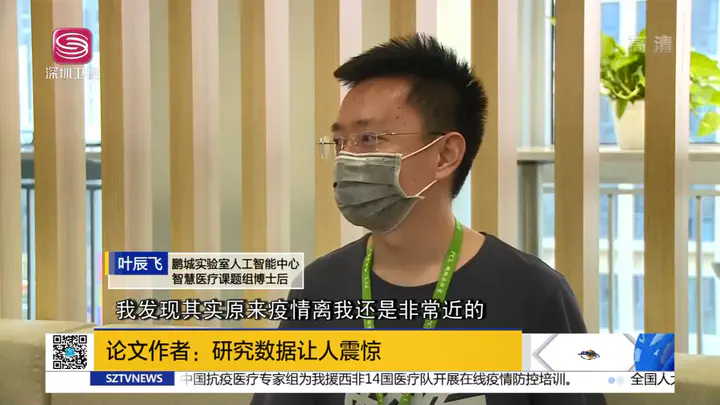Epidemiology and transmission of COVID-19 in 391 cases and 1286 of their close contacts in Shenzhen, China: a retrospective cohort study

摘要
Rapid spread of severe acute respiratory syndrome coronavirus 2 (SARS-CoV-2) in Wuhan, China, prompted heightened surveillance in Shenzhen, China. The resulting data provide a rare opportunity to measure key metrics of disease course, transmission, and the impact of control measures. From Jan 14 to Feb 12, 2020, the Shenzhen Center for Disease Control and Prevention identified 391 SARS-CoV-2 cases and 1286 close contacts. We compared cases identified through symptomatic surveillance and contact tracing, and estimated the time from symptom onset to confirmation, isolation, and admission to hospital. We estimated metrics of disease transmission and analysed factors influencing transmission risk. Cases were older than the general population (mean age 45 years) and balanced between males (n=187) and females (n=204). 356 (91%) of 391 cases had mild or moderate clinical severity at initial assessment. Our data on cases as well as their infected and uninfected close contacts provide key insights into the epidemiology of SARS-CoV-2. This analysis shows that isolation and contact tracing reduce the time during which cases are infectious in the community, thereby reducing the R. The overall impact of isolation and contact tracing, however, is uncertain and highly dependent on the number of asymptomatic cases. Moreover, children are at a similar risk of infection to the general population, although less likely to have severe symptoms; hence they should be considered in analyses of transmission and control.